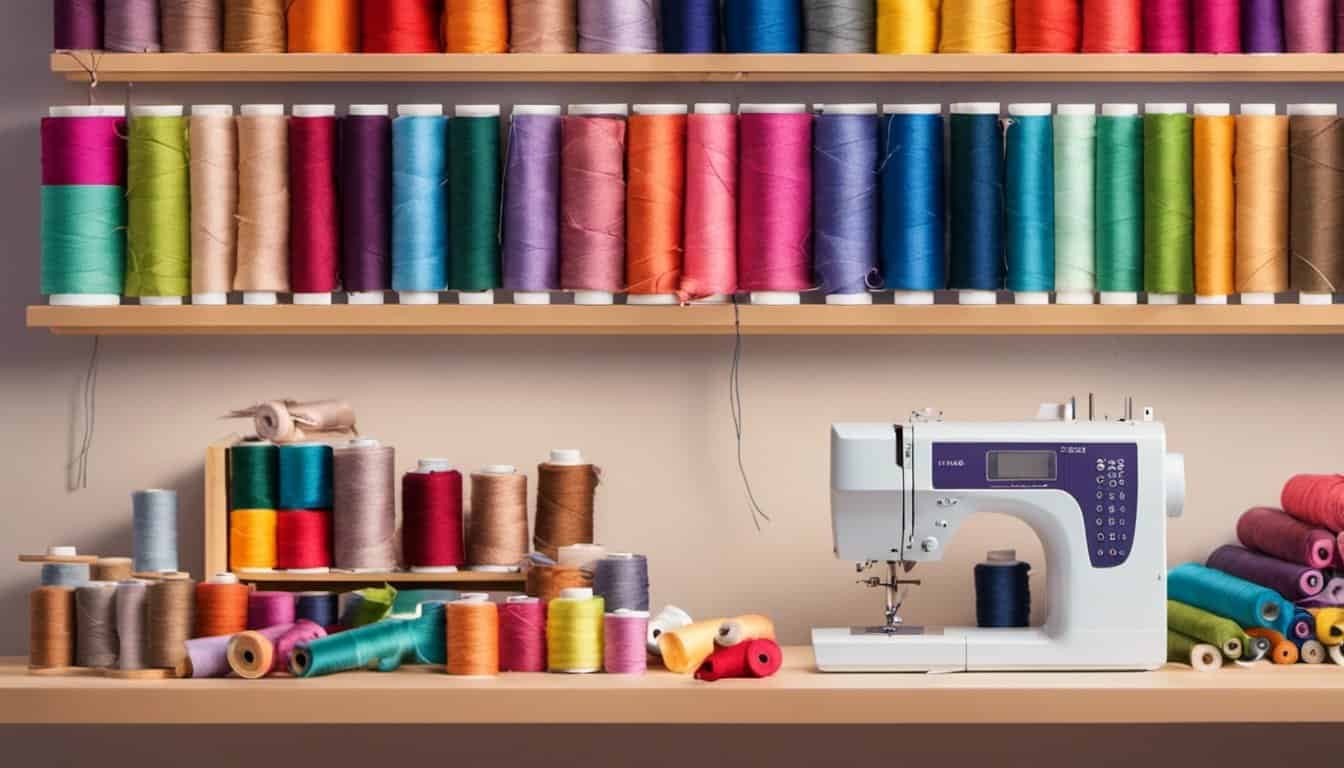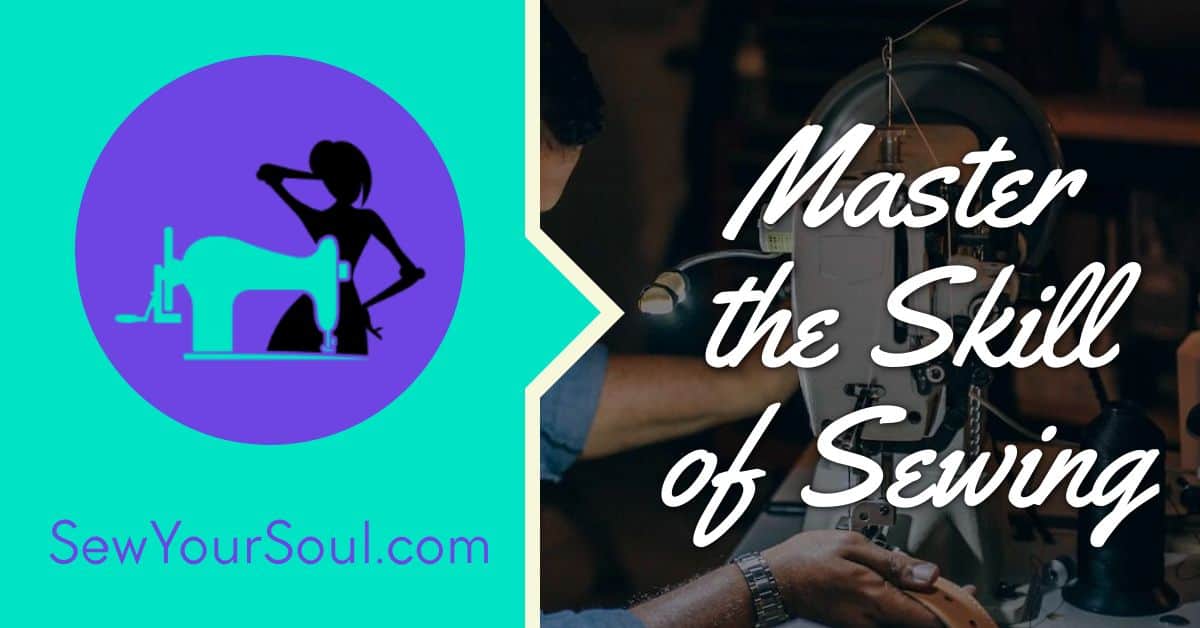Ever wondered how a sewing machine transforms a simple thread and fabric into a beautiful piece of clothing? These marvelous devices have been around for centuries, revolutionizing the way we create and mend garments. Whether you’re a seasoned tailor or just curious about the mechanics, understanding how a sewing machine works can be both fascinating and useful.
Understanding the Basics of a Sewing Machine
Sewing machines streamline garment creation and mending through intricate mechanical processes. Grasping the basics helps both seasoned tailors and curious crafters enhance their sewing experiences.
The Essential Parts of a Sewing Machine
A sewing machine comprises several critical components that work in cohesion to stitch fabrics efficiently. Understanding these parts can help troubleshoot issues and improve overall sewing quality:
- Needle: Pierces the fabric and forms stitches.
- Bobbin: Holds the lower thread and interlocks it with the upper thread.
- Throat Plate: Supports the fabric while sewing and guides the needle.
- Presser Foot: Holds the fabric flat while sewing, ensuring smooth stitches.
- Feed Dogs: Move the fabric under the needle for consistent stitching.
- Spool Pin: Holds the spool of thread and allows it to unroll smoothly.
- Handwheel: Manually moves the needle up and down.
- Tension Control: Adjusts the tension of the thread for proper stitch formation.
The Role of Electricity in Modern Sewing Machines
Electricity has revolutionized sewing machines, making them more efficient and versatile. Key roles of electricity in modern machines include:
- Motor Power: Drives the needle and feed dogs, allowing for varied speeds and stitch types.
- Automatic Features: Enables functions like buttonholes, embroidery patterns, and thread cutting.
- Lighting: Provides illumination for better visibility of the sewing area.
- Digital Controls: Offers programmable stitch patterns, stitch length adjustments, and memory settings.
Understanding these mechanical and electrical aspects of sewing machines enables you to utilize and maintain them better, enhancing your crafting projects.
How Do Sewing Machines Work
Understanding how sewing machines work enhances your crafting skills. Let’s explore the essential mechanics.
The Mechanism of the Stitch Formation
Sewing machines use a basic yet sophisticated stitch formation mechanism. The needle moves up and down, piercing the fabric. On its downward stroke, the thread from the needle catches a second thread from the bobbin. This loop locks both threads together, creating a stitch. This process repeats rapidly, enabling quick and consistent stitching.
The Interplay Between Needle and Bobbin
The needle and bobbin work in unison. The needle thread captures the bobbin thread, forming secure stitches. The bobbin holds a spool of thread below the fabric. As the needle descends, a hook rotates around the bobbin, catching the needle thread. This synchronized motion prevents thread tangles and ensures smooth stitching.
This seamless collaboration between needle and bobbin is the cornerstone of a sewing machine’s functionality, facilitating efficient and precise sewing.
Types of Sewing Machines
Sewing machines come in various types, each suited for different sewing needs and skill levels. Understanding these machines can help you choose the best one for your projects.
Mechanical Sewing Machines
Mechanical sewing machines rely on manual settings. You adjust the stitch type, length, and width by turning knobs or levers. These machines are often durable and straightforward, making them suitable for beginners. For example, brands like Singer and Janome offer reliable models. Mechanical machines require regular maintenance, including oiling and cleaning.
Electronic Sewing Machines
Electronic sewing machines use electricity to control needle movement. They offer more features than mechanical ones, such as automatic needle threading, multiple stitch patterns, and adjustable speeds. An electronic machine can enhance your sewing experience by providing more precision. Brands like Brother and Bernina produce high-quality electronic models. These machines usually come with a display screen for easy navigation.
Computerized Sewing Machines
Computerized sewing machines offer advanced sewing capabilities. They come with a computer interface, allowing you to select from hundreds of stitches and even upload custom designs. These machines can automatically adjust tension, stitch length, and width, providing consistent results. For instance, machines from Pfaff and Husqvarna Viking are well-known for their advanced features. Computerized machines often include USB ports and touch screens.
By understanding these types, you can choose a sewing machine that fits your needs, whether you’re a beginner or an experienced sewer.

Common Issues and Troubleshooting Tips
Sewing machines, though efficient, can encounter various issues. Understanding these can help you maintain seamless sewing sessions.
Frequent Stitching Problems
Skipped Stitches: This often results from a bent or dull needle. Replace the needle and ensure it’s appropriate for the fabric you’re using. If issues persist, check the needle’s position; it should be fully inserted and aligned correctly.
Thread Breaks: Incorrect threading or tension settings cause frequent thread breaks. Re-thread the machine, ensuring the thread passes through all guides, and check the tension settings. The thread type should match your fabric.
Fabric Jamming: Fabric can get jammed due to incorrect feeding or a dull needle. Use the right needle and presser foot for the fabric type. Ensure the feed dogs are clean and engaged.
Uneven Stitches: This can occur due to tension issues or inconsistent foot pressure. Adjust the tension settings and use a consistent speed while sewing. Regularly clean the feed dogs and check for dust or lint under the throat plate.
Maintenance Tips for Longevity
« Unlock the Secrets of Sewing with Leather: Expert Tips and Techniques for Stunning Creations
Discover the Top 10 Game-Changing Techniques for Sewing You’ll Wish You Knew Sooner »
Regular Cleaning: Clean the machine after every project. Remove lint and dust from the bobbin area, feed dogs, and needle plate. Use a small brush and avoid using compressed air as it can push debris deeper.
Proper Lubrication: Refer to your machine’s manual for lubrication points. Use sewing machine oil, applying it sparingly. Do not over-lubricate, as excess oil can attract dirt.
Needle Replacement: Replace needles regularly. A bent or dull needle can damage fabric and cause skipped stitches. Change the needle after every significant project or every 8-10 hours of sewing.
Cover When Not in Use: Protect your sewing machine from dust and moisture by covering it when not in use. Use a dust cover or a fabric cover if one isn’t provided.
Annual Servicing: Take your machine for professional servicing annually. This ensures any underlying issues are fixed and the machine remains in optimal condition.

Conclusion
Understanding how sewing machines work can make your sewing projects more enjoyable and less frustrating. Whether you’re a beginner or a seasoned pro, knowing the ins and outs of your machine helps you tackle any issues that arise. Don’t forget to keep up with regular maintenance to ensure your machine stays in top shape. Happy sewing!













